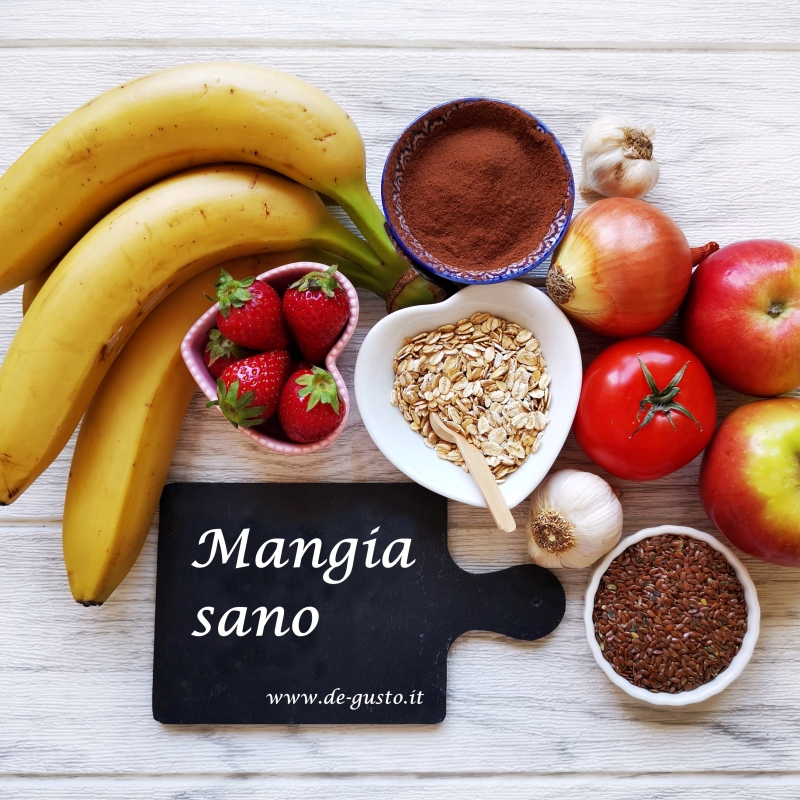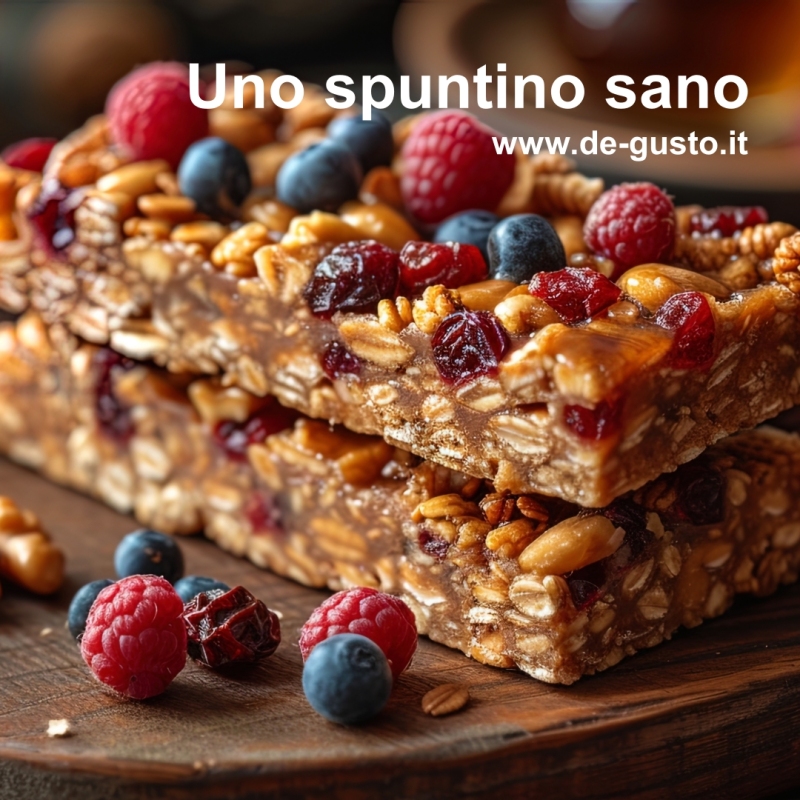Our skin is composed of three layers: epidermis, dermis, and hypodermis so the disorders found may relate to deeper or shallower levels. The skin mirrors the health status of the internal organs and in particular the intestines, liver, and kidneys; the skin communicates with the outside world and protects us, it also has the task of expelling toxic substances from inside our body to the outside and steam for thermoregulation.
When the skin thins, we have disorders such as eczema, chapped or dehydrated skin, these signs tell us that the organ we need to go to help is the kidneys, that we need to improve our hydration, vitamin (especially A, C and E) and mineral intake.
To improve this condition, it is first necessary to drink at least two liters of water a day and help ourselves by consuming foods that are rich in water such as fruits and vegetables. Skin's hydration also comes through fatty acids, which can be found especially in avocados, olive oil and salmon or salmon trout. It is also a good idea to minimize the intake of dehydrating foods and drinks such as coffee and alcohol, which tend to dry out the skin.
However, dry skin can also depend on deficiencies of vitamins A and C, which it is good to replenish by eating spinach, cabbage, and sweet potatoes.
When the skin appears oily, with excess sebum or acne, it is possible that the cause is hormonal changes or an overload of the liver that cannot dispose of an excess of fat-soluble toxins. In this case it is good to limit cheese, chocolate, and saturated fats in the diet, and to prefer a diet rich in green vegetables, legumes and whole grains such as barley, spelt and rice. It is also very helpful to reduce sugars and refined flours. People who suffer from acne should favor vitamin C found in berries and citrus fruits, zinc found in shellfish, lean animal protein such as chicken and foods such as fortified cereals and pumpkin seeds, and probiotics found in large amounts in Greek yogurt.
On the other hand, if acute reactions such as hives or dermographism appear in the skin, it is possible that this is a mirror of a gut with altered permeability leading to sensitization reactions, in which case it is helpful to strengthen the gut with a diet low in gluten and lactose, reduce nerve substances such as cocoa or coffee, and histamine-releasing foods: strawberries, tomatoes, sausages, nuts etc.
Fundamental is to remember that skin is subject to aging, and that nutrition can be a useful ally in fighting wrinkles and keeping our collagen healthy. Western lifestyles laden with stress, industrial food and refined sugars increase oxidative stress in cells, as well as mechanisms such as glycation, insulin resistance and inflammation that only worsen the quality of collagen fibers.
The use of sweeteners, prolonged and high-temperature cooking (e.g., griddled, fried), and the overuse of refined sugars can promote the formation of so-called AGEs or glycotoxins, which are responsible for various metabolic, cardiovascular and neurological diseases, but specifically also for the loss of skin firmness due to alteration of collagen fibers. The presence of AGEs thus influences extracellular matrix formation and skin aging, with loss of elasticity and wrinkle formation.
A drastic and rapid change in one's diet, if not required for medical needs, can deplete the body causing serious health problems and have among its side effects premature aging. Preferring only certain food classes can cause imbalances nutritionally and result in excessive weight loss and alterations in the hormonal axis. Classic diets loaded with animal protein, which promise to lose a lot of weight in a short time, are examples of this. In this case, hormonal imbalances are manifested by the appearance of acne and pimples.
Food intolerances or allergies can exacerbate the dehydrated state of the skin, causing chronic inflammatory processes, so it is best not to neglect them for long periods and avoid DIY. In the latter case you risk making the problem worse and ending up with bags under the eyes and reddened areas somewhat all over the body.
A diet high in saturated and trans fats, combined with sedentary lifestyle and smoking, can also generate inflammation, and worsen skin quality by affecting the collagen fibers found in the extracellular matrix, which is altered by this very mechanism.
Foods that are good for facial skin are, surprisingly, the simplest and most common. Many of the foods eaten daily at the table conceal extraordinary properties for healthy skin, giving it all the nutrients it needs to stay in top shape.
These foods include yellow, orange and red fruits and vegetables, blue fish, whole grains, dry fruits, garlic and onions, legumes and potatoes.
(Article by Dr. Giusto Cristina)







